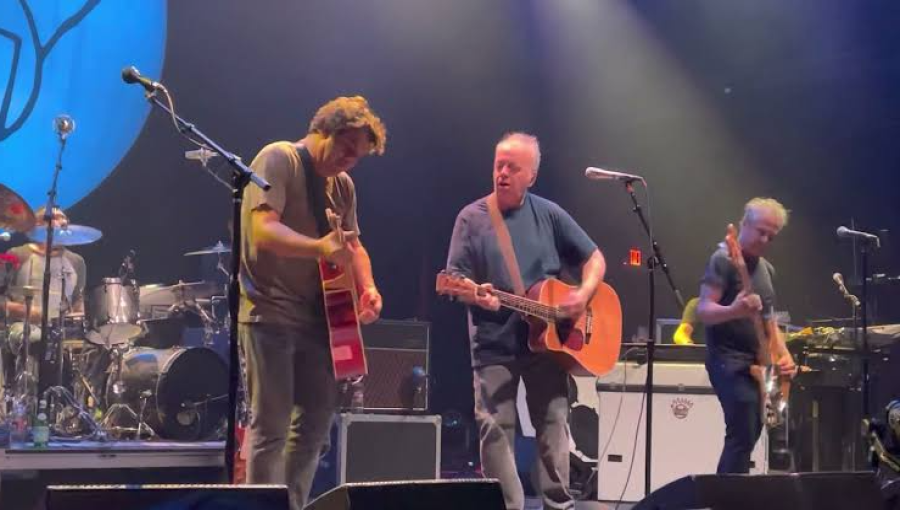A recent study published in the journal Scientific Reports suggests that song lyrics across various genres, including rap, country, pop, R&B, and rock, have become angrier and more simplified over the past four decades. Led by Eva Zangerle, an assistant professor at the University of Innsbruck’s department of computer science in Austria, the research sheds light on the evolving emotional and linguistic landscape of popular music.
Analyzing the lyrics of 12,000 English-language songs released between 1980 and 2020, the study found a notable increase in the prevalence of anger-related words, particularly in rap songs, which exhibited the most significant rise in negative emotions. Conversely, country songs displayed the lowest increase in anger, suggesting genre-specific trends in emotional expression.
According to Prof. Zangerle, the proliferation of anger-related words may reflect broader societal changes, with music serving as a mirror of cultural shifts. As society evolves, so too do the themes and emotions reflected in artistic expression.
Moreover, the study revealed a trend towards simpler and more repetitive lyrics over time, accompanied by a decrease in the diversity of words used within songs, particularly evident in rap and rock genres. This phenomenon could be attributed, in part, to changes in music consumption habits, with an increasing reliance on streaming platforms and background music playing a role in shaping lyrical content.
The researchers also noted a shift towards more emotional and personal lyrics across genres, with both positive and negative words experiencing an uptick in usage, particularly in rap, R&B, pop, and country songs. This evolution underscores the intimate connection between music and human emotion, as artists navigate themes of love, loss, and introspection in their lyrical compositions.
Furthermore, the study examined listener preferences through the analysis of page views on the online song lyric platform Genius. Interestingly, older rock songs garnered more views compared to newer ones, suggesting a preference among rock enthusiasts for classic lyrical content. Conversely, country songs displayed the opposite trend, with newer releases attracting greater interest from listeners.
In conclusion, the findings of this study offer valuable insights into the evolving landscape of song lyrics and their intersection with cultural, technological, and societal changes. As music continues to evolve as a form of artistic expression, researchers and enthusiasts alike are afforded a deeper understanding of the complex interplay between words, emotions, and musical genres.































Comment: